The world of winter sports is vast and varied, but few disciplines capture the essence of athletic versatility quite like biathlon. A unique combination of cross-country skiing and precision rifle shooting, biathlon demands both physical endurance and mental focus. Originating from Scandinavian hunting practices, it has evolved into a highly competitive Olympic sport that tests the limits of human performance. The juxtaposition of intense cardiovascular exertion with the calm precision required for shooting creates a spectacle unlike any other in winter sports.
The Origins and Evolution of Biathlon
Biathlon's roots can be traced back thousands of years to Scandinavia, where early hunters used skis to traverse snowy terrain while carrying weapons for hunting. This practical skill gradually transformed into a military exercise, with Norwegian ski troops conducting shooting drills on skis as early as the 18th century. The modern sport began taking shape in the early 20th century, with the first recorded competition held in 1912 as part of Norwegian military training exercises.
The sport gained international recognition when it was included in the 1924 Chamonix Winter Olympics as a demonstration event under the name "military patrol." However, it wouldn't become a permanent Olympic sport until 1960. Since then, biathlon has grown tremendously in popularity, particularly in European countries where winter sports culture runs deep. The International Biathlon Union (IBU), founded in 1993, now governs the sport and oversees World Cup competitions along with major championships.
The Unique Challenge of Biathlon
What sets biathlon apart from other winter sports is its demanding dual nature. Athletes must excel in two diametrically opposed disciplines: the high-intensity aerobic challenge of cross-country skiing and the calm, controlled precision of rifle shooting. During competitions, biathletes race around a cross-country track with their rifles strapped to their backs, stopping at designated shooting ranges to hit targets from both prone and standing positions.
The physical exertion of skiing elevates competitors' heart rates dramatically, often to 180 beats per minute or higher. Then, within seconds of arriving at the shooting range, they must lower their heart rates enough to steady their aim. Each missed target results in a penalty, typically either additional time added to their total or requiring the skier to complete a penalty loop. This penalty system ensures that both skiing speed and shooting accuracy remain equally important throughout the competition.
Modern Biathlon Competition Formats
Contemporary biathlon features several distinct race formats, each presenting unique challenges and strategic considerations. The individual race, the oldest biathlon format, covers 20km for men and 15km for women with four shooting stages. This format penalizes missed shots with time additions rather than penalty loops, placing greater emphasis on shooting accuracy.
The sprint race is shorter (10km for men, 7.5km for women) with just two shooting stages, favoring faster skiers. The pursuit race starts competitors based on their finishing times in a previous race (usually the sprint), creating dramatic chase scenarios. Perhaps the most spectator-friendly format is the mass start, where all competitors begin simultaneously, leading to intense pack racing and strategic shooting.
Relay events add a team dynamic, with each nation fielding teams of four biathletes. The mixed relay, introduced more recently, features teams composed of two women and two men, adding another layer of tactical complexity. The variety of formats ensures that biathlon remains exciting throughout the competition season, with different athletes excelling in different race types.
Equipment and Technological Advancements
Modern biathlon equipment represents the cutting edge of winter sports technology. Skis are specially designed for biathlon courses, typically longer and narrower than standard cross-country skis to provide better glide. The rifles, which must weigh at least 3.5kg, are highly specialized .22 caliber weapons with precision sights but no optical magnification.
Recent decades have seen significant advancements in clothing technology, with skin-tight suits designed to minimize air resistance while maintaining flexibility. The development of special gloves that allow for both efficient skiing pole grip and precise trigger control exemplifies the sport's unique equipment demands. Even the ammunition has seen innovation, with specialized low-recoil cartridges that help maintain accuracy during rapid shooting sequences.
Training Regimens of Elite Biathletes
The training required to compete at biathlon's highest levels is extraordinarily demanding. Athletes typically spend summers focusing on endurance training through roller skiing (a wheeled simulation of snow skiing) and running, while winters are dedicated to on-snow practice. Shooting training occurs year-round, with elite athletes firing hundreds of rounds daily to maintain muscle memory.
Perhaps the most challenging aspect of training involves simulating race conditions - practicing shooting immediately after high-intensity exercise to mimic the physiological stress of competition. Many athletes use specialized breathing techniques to quickly lower their heart rates at the shooting range. The mental aspect is equally important, with sports psychologists often working with biathletes to develop focus and composure under pressure.
The Global Biathlon Community
While biathlon remains most popular in traditional winter sports powerhouses like Norway, Germany, and Russia, the sport has been making inroads in new markets. Countries without strong winter sports traditions, such as China and South Korea, have begun developing competitive biathlon programs. Even some unlikely nations, including Brazil and South Africa, have fielded biathletes in international competitions.
The biathlon community is known for its camaraderie and sportsmanship, with competitors often sharing training tips and celebrating each other's successes. Spectator culture is particularly vibrant in Central Europe, where biathlon events regularly draw tens of thousands of enthusiastic fans. The festive atmosphere at World Cup events, complete with live music and fan zones, has helped broaden the sport's appeal beyond traditional winter sports audiences.
The Future of Biathlon
As biathlon continues to evolve, the sport faces both challenges and opportunities. Climate change poses a significant threat, with warmer winters making snow conditions less reliable at traditional venues. In response, organizers have begun investing in advanced snowmaking technology and considering higher-altitude locations for future competitions.
Efforts to make the sport more accessible include the development of laser biathlon (using light guns instead of firearms) for youth programs and urban settings. The IBU has also prioritized gender equality, ensuring equal prize money and media coverage for men's and women's events. With its unique blend of athleticism and precision, biathlon is well-positioned to grow its global audience in the coming years, potentially becoming one of winter sports' premier attractions.
From its humble beginnings as a survival skill to its current status as a thrilling Olympic sport, biathlon has carved out a unique niche in the winter sports pantheon. Its combination of raw physical exertion and delicate precision continues to captivate audiences and challenge athletes in equal measure. As the sport adapts to changing times while preserving its essential character, biathlon's future appears as bright as the snow on a sunny winter morning.

By Emily Johnson/May 8, 2025
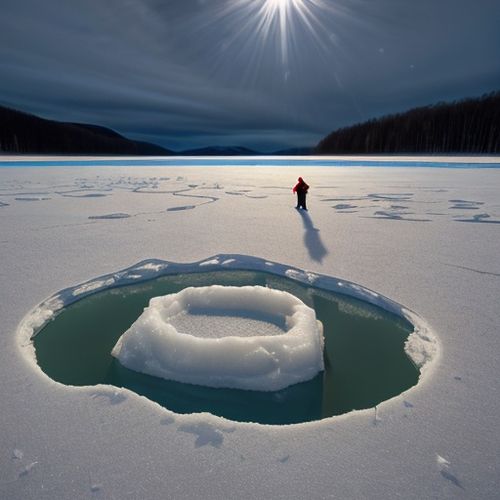
By Natalie Campbell/May 8, 2025
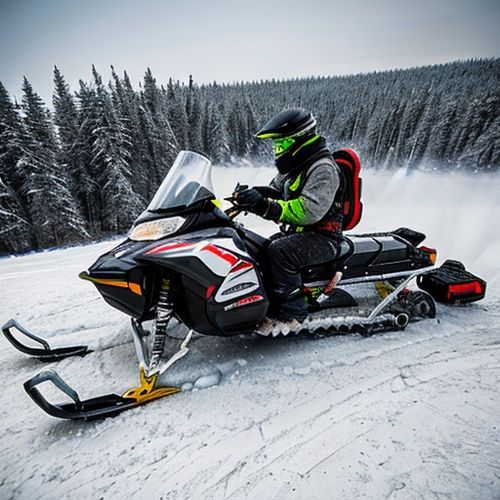
By Olivia Reed/May 8, 2025
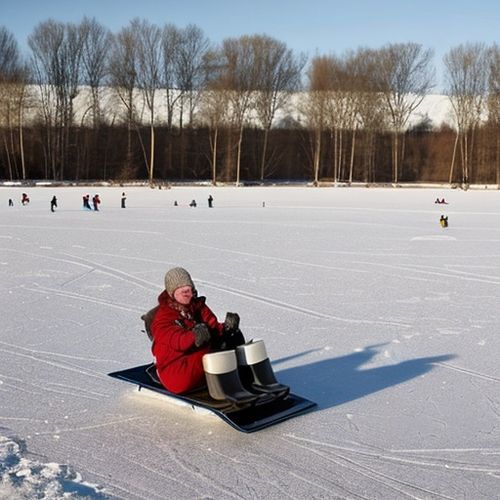
By Lily Simpson/May 8, 2025
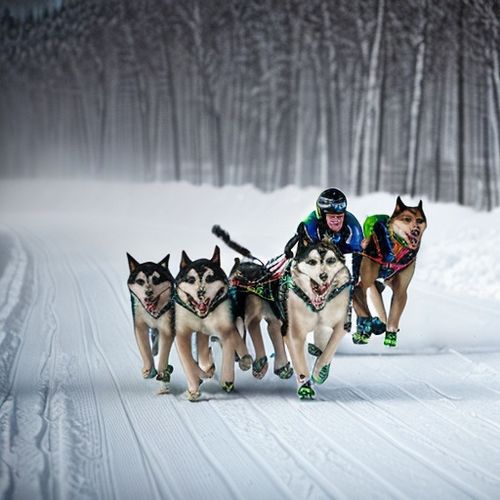
By Olivia Reed/May 8, 2025
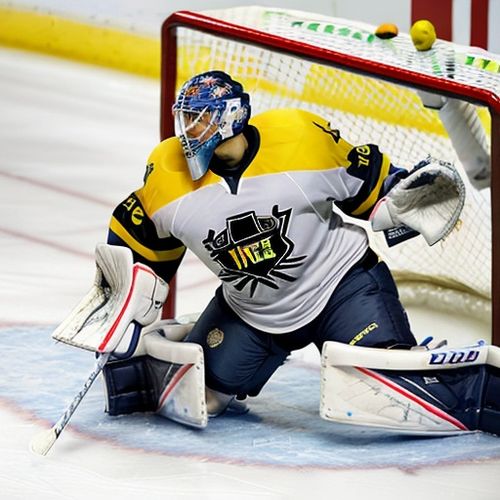
By Thomas Roberts/May 8, 2025
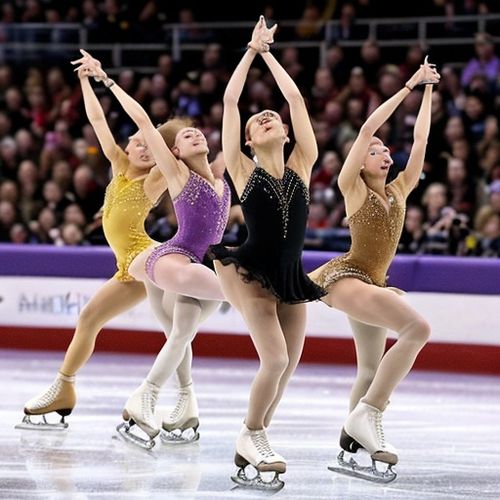
By Daniel Scott/May 8, 2025
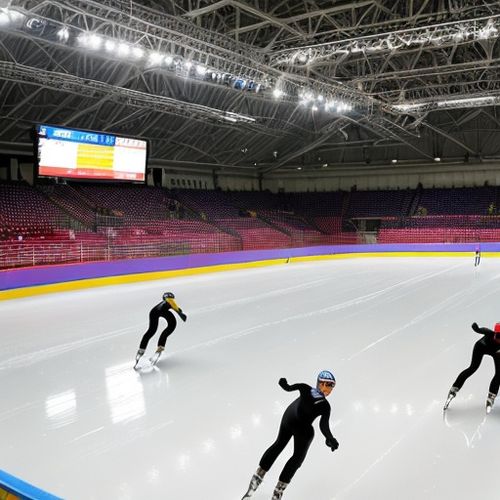
By George Bailey/May 8, 2025
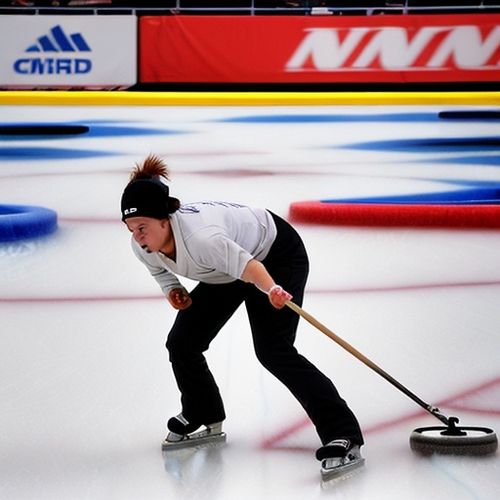
By David Anderson/May 8, 2025
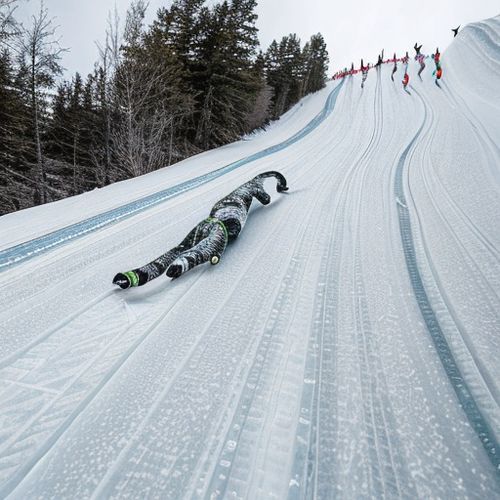
By Amanda Phillips/May 8, 2025
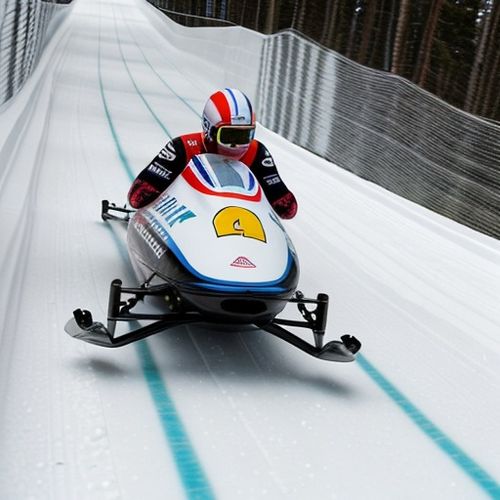
By Rebecca Stewart/May 8, 2025
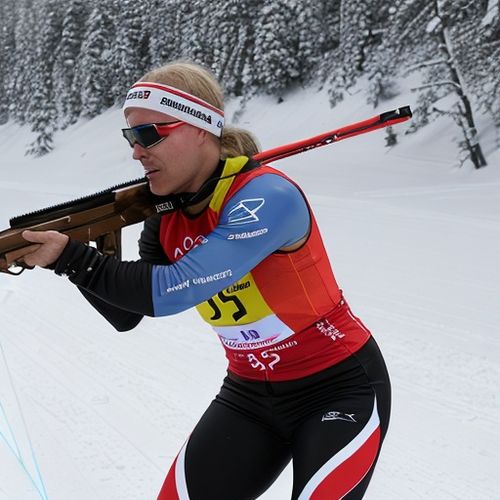
By Christopher Harris/May 8, 2025

By Emily Johnson/May 8, 2025
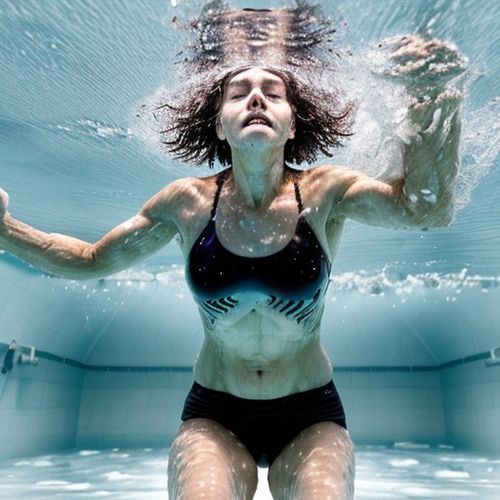
By Christopher Harris/May 8, 2025
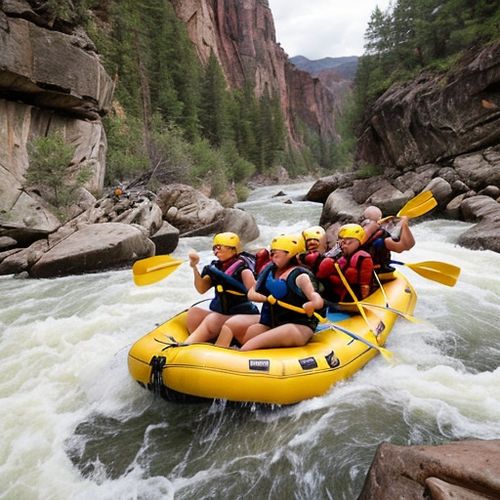
By Thomas Roberts/May 8, 2025
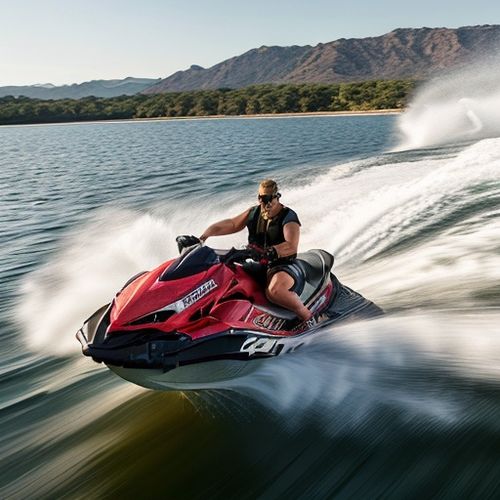
By Rebecca Stewart/May 8, 2025
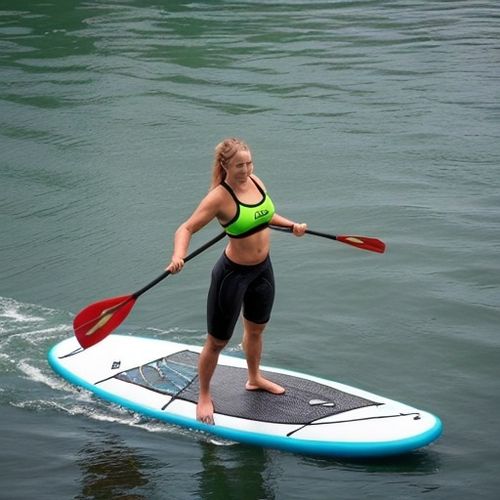
By Noah Bell/May 8, 2025
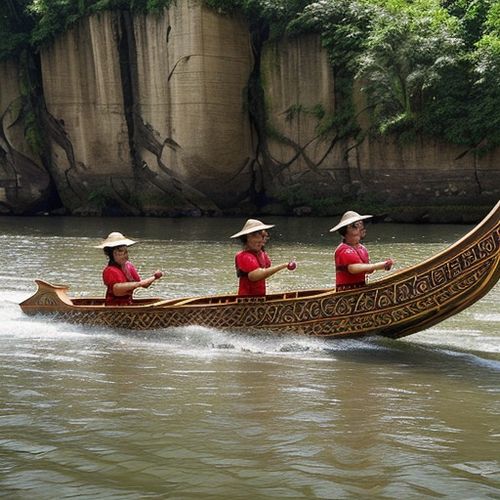
By Lily Simpson/May 8, 2025
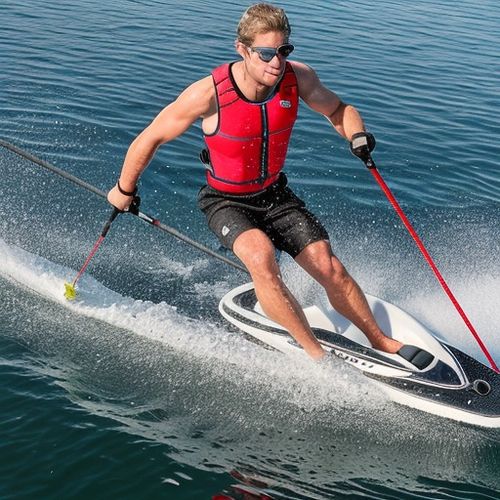
By Megan Clark/May 8, 2025
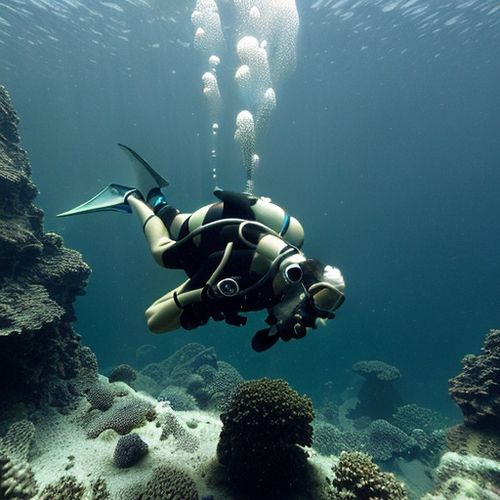
By Megan Clark/May 8, 2025